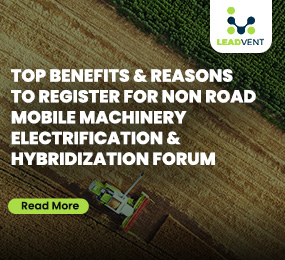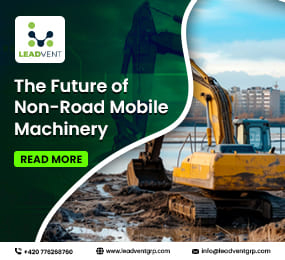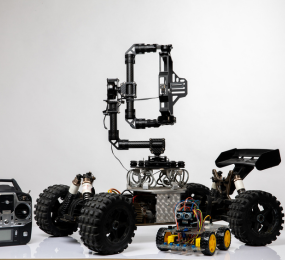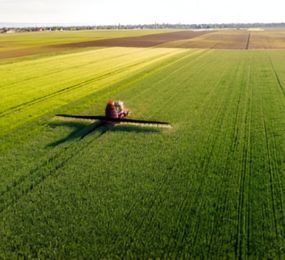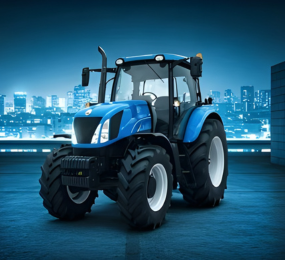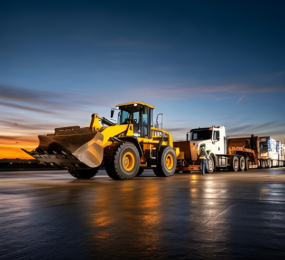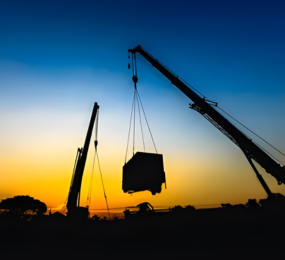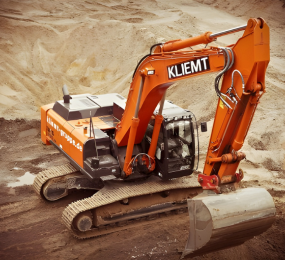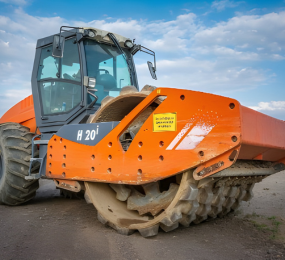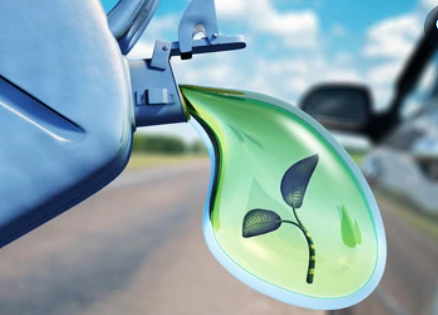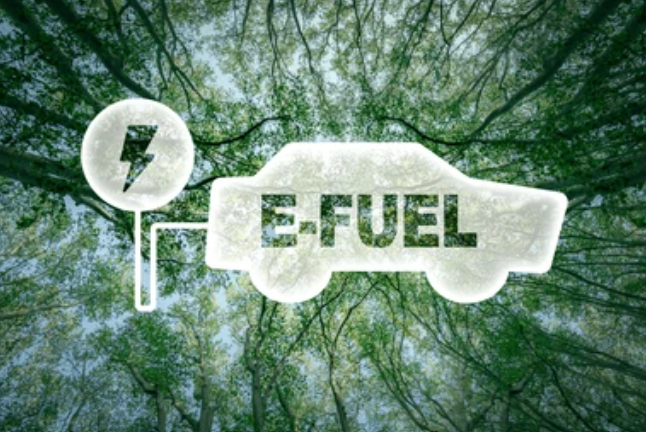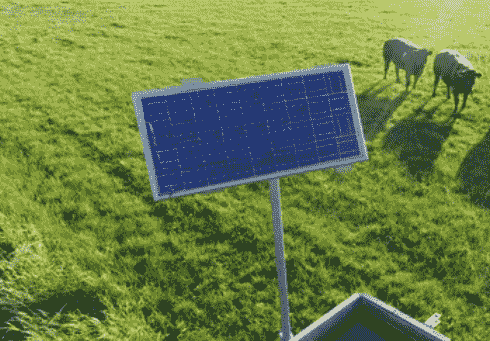Electrifying Non-Road Mobile Machinery: A Crucial Step Toward Decarbonization
While much of the attention in clean transportation focuses on electric cars and trucks, there’s a quieter yet equally important shift happening off the road: the electrification and decarbonization of Non-Road Mobile Machinery (NRMM). This includes the equipment used in construction sites, agricultural fields, ports, mining operations, and forestry—machines that rarely travel on roads but are critical to infrastructure and production.
Traditionally, these machines have relied heavily on diesel engines, making them major contributors to localized air pollution and greenhouse gas emissions. In cities with dense construction activity, NRMM can account for up to 30% of transport-related particulate emissions. And in sectors like agriculture and mining, the environmental impact is even more pronounced.
Why Electrifying NRMM Matters
Unlike passenger vehicles, NRMM often operates in fixed or limited areas, making them ideal candidates for electrification. By transitioning to battery-electric or hybrid-electric systems, companies can significantly reduce emissions, lower operational noise, and improve air quality for workers and nearby communities.
But the shift isn’t just about emissions. Electric machines are proving to be more efficient, with lower maintenance needs and longer service life. They also enable quieter, cleaner job sites, which is especially important in urban or environmentally sensitive locations.
Challenges and Innovations
Electrifying heavy-duty machinery doesn’t come without obstacles. One major hurdle is battery technology—particularly ensuring that electric equipment can deliver the same power and endurance as diesel counterparts. Innovations in solid-state batteries and modular charging infrastructure are helping to close this gap.
Additionally, regulatory support and incentives are starting to play a pivotal role. Europe, in particular, has introduced stricter emissions standards for NRMM and is funding pilot programs that promote electric alternatives.
Manufacturers like Volvo CE, JCB, and Caterpillar are already rolling out electric excavators, loaders, and other machinery, signaling that the transition is not only underway—it’s accelerating.
Takeaway Points:
NRMM includes machinery used in construction, agriculture, mining, and forestry.
1. Diesel-powered machines are major contributors to air pollution and carbon emissions.
2. Electrification offers reduced emissions, lower noise, and lower maintenance costs.
3. Battery advancements and regulatory support are driving adoption.
4. The transition is already happening, with leading manufacturers investing in electric alternatives.
Conclusion
The electrification of non-road mobile machinery marks a significant but often overlooked step in the global decarbonization journey. As technologies advance and regulations tighten, industries that once relied on diesel-powered workhorses are beginning to adopt quieter, cleaner, and smarter machines. It’s a shift that’s good for business, the planet, and the people who operate these machines every day.
Learn more on our website: https://www.leadventgrp.com/events/2nd-annual-non-road-mobile-machinery-electrification-and-decarbonization-forum/details
For more information and group participation, contact us: [email protected] .
Leadvent Group - Industry Leading Events for Business Leaders!
www.leadventgrp.com | [email protected]


